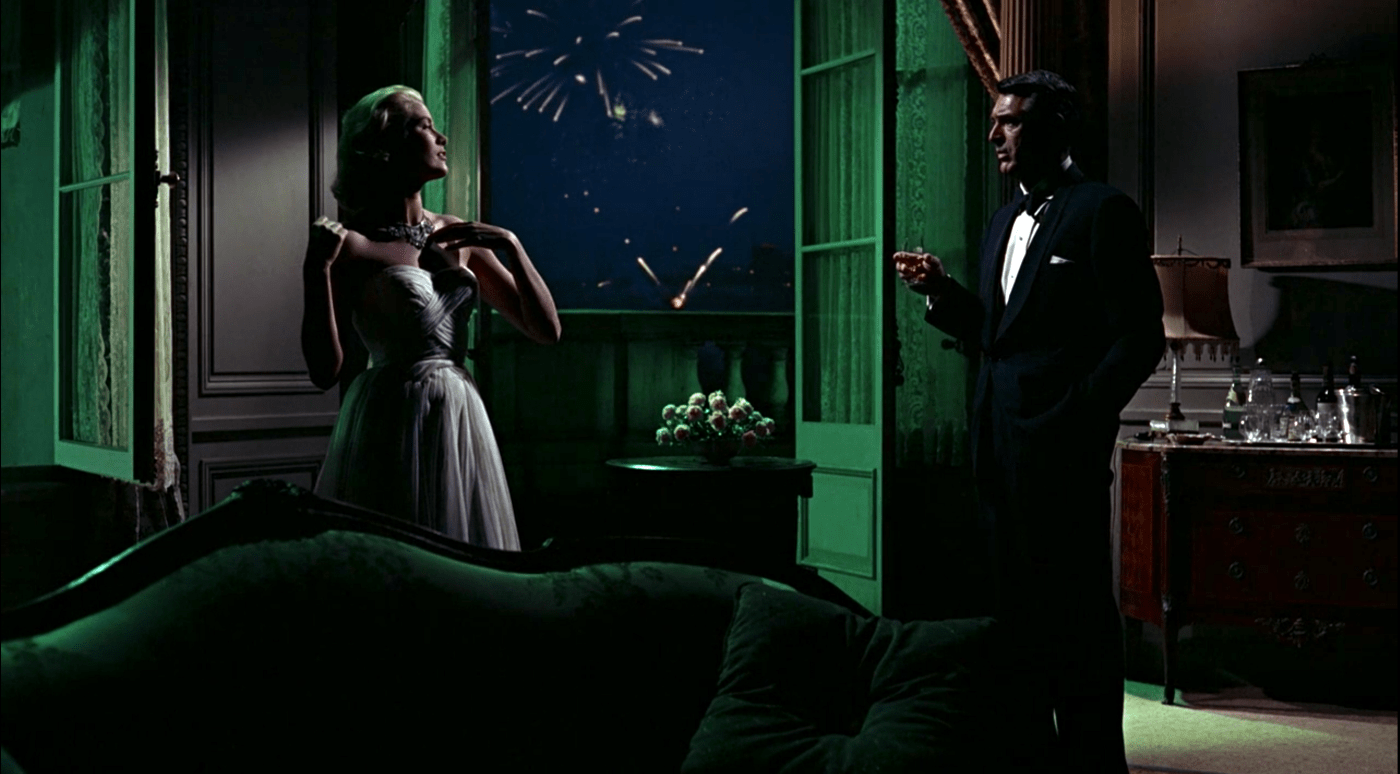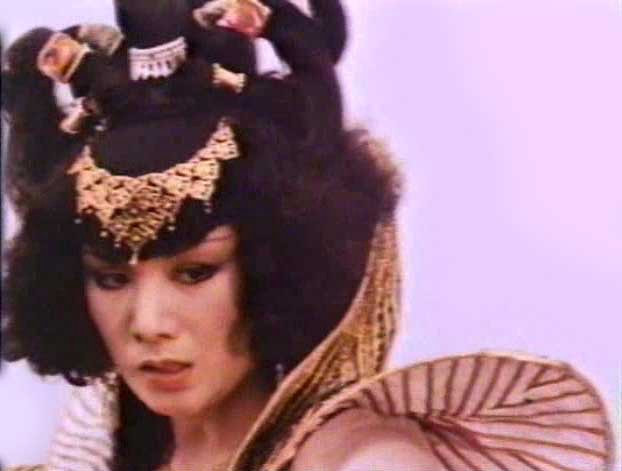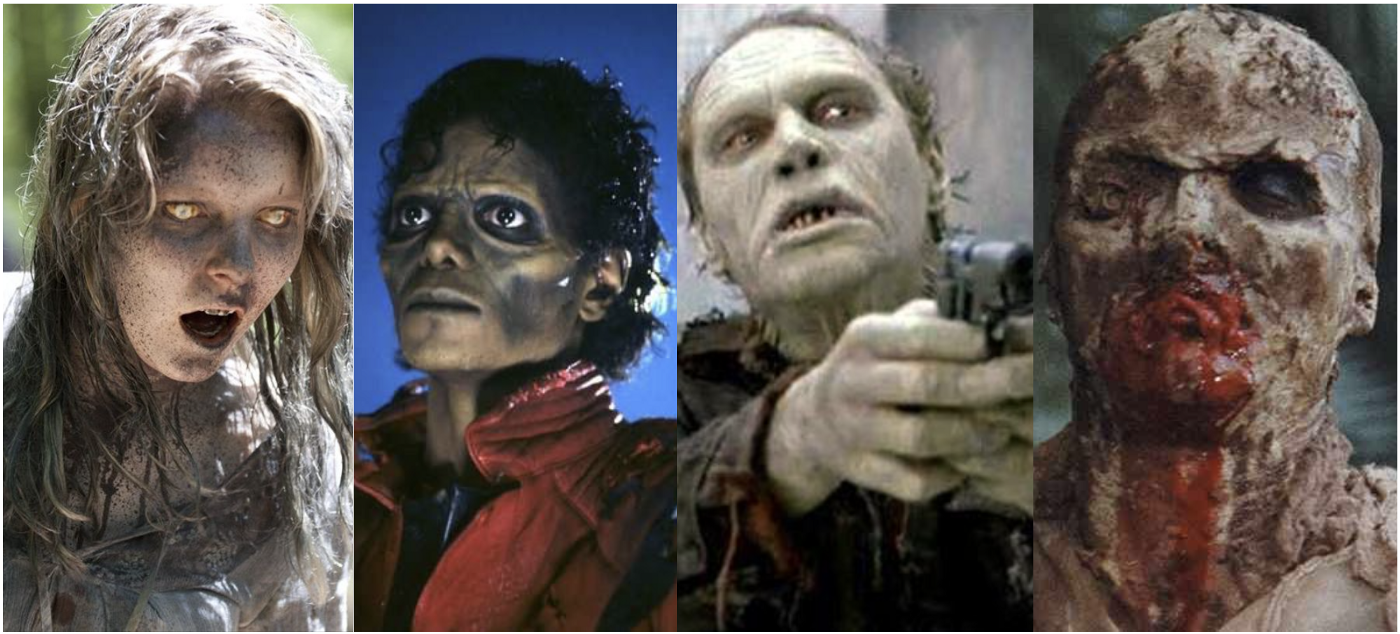
Guillermo Del Toro made Pan’s Labyrinth in 2006. It was a thickly layered film with several themes running through it simultaneously, each enriching the other. There is one infamous scene that everyone who sees the film is sure to remember for a long time, the scene Guillermo del Toro called “The Pale Man Scene.”
The scene draws from Ancient Greek and Christian mythology as well as fairy tales, the holocaust, horror movies, the hero’s journey, and much more. Our young heroine, Ophelia, is instructed to enter the layer of the Pale Man and do as her fairy assistants instruct. The one caveat is that she must not eat anything while she is there.
The premise is simple and resonates with many similar stories eg. Hansel And Gretel, Adam and Eve, Tantalus, Alice in Wonderland, and even Pandora. It’s an archetypal premise. The hero or heroine must show discipline and restraint. They must be able to defer gratification, and control their impulses. It is a test of maturity.
Ophelia enters the lair and is greeted with horrifying frescoes of the Pale Man’s history. We see him murdering and eating children. As the camera pans around the room we see a large pile of children’s shoes. The shoes immediately evoke the piles of shoes left behind in Nazi concentration camps.

Fascism permeates Pan’s Labyrinth. It is both a prominent part of the subject matter as well as a subtext in many of the dynamics we see in the film. Here, in the Pale Man’s room, we see how fascism destroys childhood. The inflexible structure of fascism has no place for the chaotic imagination of a child. Ophelia is a threat because she has a creative and fertile mind. At its core fascism requires strict uniformity. Everyone and everything involved must conform to both a literal and figurative shape and size. Fairies and fawns disrupt the coherence of a fascist world view.
The Pale Man sits before a sumptuous feast laid out on an enormous table in front of him. It is a reference to the table we saw in front of Captain Vidal just a few scenes ago. Both tables are traps. Captain Vidal’s feast is an invitation to collaboration. It offers a cornucopia of plenty to those who will cooperate with the regime. Accept Vidal’s hospitality and you accept him.
The Paleman’s table is similar in its temptation. The consequences are however far more immediate and dire than collaborating with Vidal. As soon as Ophelia bites a grape she awakens The Pale Man. There is a sexual facet to this moment. When Eve eats the apple she is giving into temptation and awakening her sexuality. Pandora’s box easily translates into a stand-in for her vagina. Once she becomes curious about her sexuality she opens the door to a myriad of troubles.
There is a fear of female sexuality at work in these myths. However, for Ophelia, it is more personal. She has her owns fears of becoming an adult and what womanhood will mean. She has escaped a considerable amount of abuse and danger by simply being a little girl, but all around her adult women are suffering and dying.
The design of the Pale Man, with his eyes in his hands, quotes Saint Lucy, who was sentenced to death for being a Christian. She refused to sleep with a suitor until their wedding night and so revealed her Christian values. As part of her execution, her eyes were gouged out. When St. Lucy appears in Christian iconography she often has her eyes in her palms or set on a little plate that she holds. Both images are present in the Pale Man scene.

The Pale Man is powerful and dangerous but he is also sickly and lame. He limps and lumbers after Ophelia in a manner very similar to the Tarman from Dan O’Bannon’s 1985 classic, Return of The Living Dead. They are both demented horrors created by man’s excesses. The way they move is broken and slow but inexorable.

The Pale Man stands in stark contrast to Captain Vidal. The Captain is handsome, meticulously groomed, and clean, but this is a facade, the Pale Man represents Vidal’s true appearance. The Pale Man’s deformed body is dripping with the blood of the children he has consumed. Children and Ophelia in particular must be destroyed in order to make way for the staid regularity of adulthood. Ophelia’s mind is full of colorful fairytales and magical legends. It fuels her creativity and resourcefulness. Her many fantasies are not an escape, they are arenas in which she can play out fears, possibilities, and strategies. For Guillermo Del Toro, children’s imagined worlds are not refuges to avoid the harshness of real life, they are instead a safe place to face that harshness and find a way through.
Ophelia’s fertile fantasy world is an unassailable source of humanity that Fascism cannot reach or stop. Pan’s Labyrinth finds its inspiration in an earlier Spanish film that covers very similar ground. Víctor Erice made The Spirit of The Beehive in 1975. It too contrasted the fantasies of a young girl against the same fascist regime.

The Pale Man Scene in Pan’s Labyrinth is a blending of both fiction and non-fiction narratives. The history of Spain and World War 2 mixes with religious mythology from Greece, and Christendom, along with folk tales, legends, books, and films. Guillermo Del Torro displays his own fertile imagination with his ability to bridge gaps of history and culture to find universal themes we can recognize immediately.

If you enjoyed this article click here for more
www.filmofileshideout.com/archives/alex-de-la-iglesias-the-last-circus



